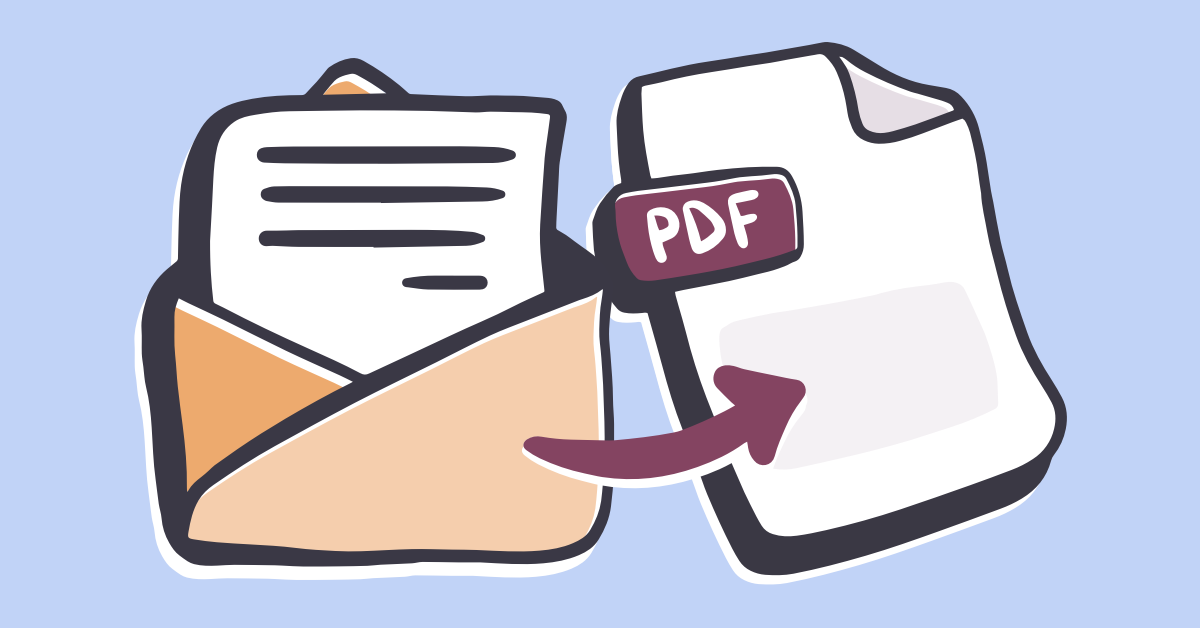Gmail is one of the most popular platforms in our digital age. However, managing and organizing your emails can be difficult. The capability to save emails as PDF can be a wonderful way to share and preserve important messages.
Why would you save emails in PDF format?
Before we go into the steps, we must learn the importance of saving emails as PDF. Portable Document Format (PDF) is a universal format that is able to be used with a wide range of devices. When you convert your emails into PDF, you’ll get an image of your document that is preserved in its original formatting along with attachments and the overall structure. This makes sure that crucial data is kept intact and helps to share it with others.

How do you save a single email as a PDF within Gmail
1. The email will be opened: Log in to your Gmail Account. Open the email that you wish to save as PDF.
2. Click the Print icon. Find the icon that is for printing (usually the printer). Click it to open the Print dialog box.
3. Choose “Save as PDF” as the Destination.
4. Before saving you can change settings such as layout, paper size, or orientation to suit your needs.
5. Click “Save”. Click on the Save button to select the destination folder and save the email as a PDF.
Your Ultimate Guide for Seamless Conversion
After we’ve gone over the basics Let’s look at additional suggestions and tips to enhance your experience when saving emails to PDF in Gmail. For more information, click Save Email to PDF
Organize with Folders: To maintain a systematic approach, make separate folders that are categorized according to. You might create folders to keep track of emails that are related to your work, personal correspondence, or specific projects. Saving emails as PDF into the folders will make retrieval simple.
Batch Processing If you have several emails that you want to save, Gmail allows you to print them and select them in batch. This feature can be handy when you have to archive conversations, or even entire threads of a project.
Naming Conventions: Create an enduring naming convention that applies to your PDF files that you have saved. Include relevant information like the sender’s name, subject, or date to help find particular files later.
Password protection: To enhance security, password protect sensitive PDFs. This will make sure that only authorized users can access the PDF and adds an extra layer of privacy.
Cloud Storage Integration: Find out how to integrate your Gmail account to cloud storage solutions. You can save your email directly as PDFs using platforms such as Google Drive. This allows you access to them from any location.
You can also read our conclusion.
Conclusion: The capability to export emails from Gmail to PDF increases the capabilities of managing and organizing emails. Converting your emails into PDF is a great option, if you’re looking to archive important messages or create the library of reference or share information with colleagues.
Be aware that mastering this technique can not only simplify your workflow but will also help you create a more efficient and well-organized digital experience. When you’re trying to navigate the complexities of your email, make use of PDF to preserve your messages, share them, and make references. Save emails as PDFs to enable new levels of efficiency to your Gmail account.